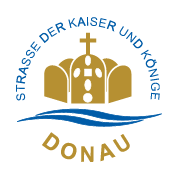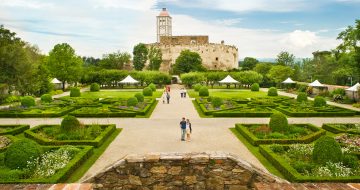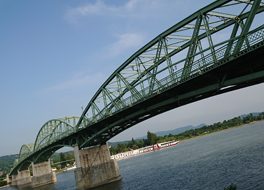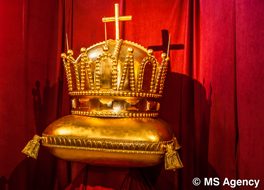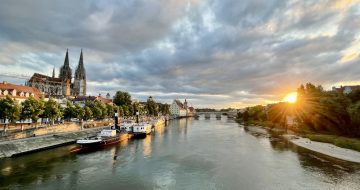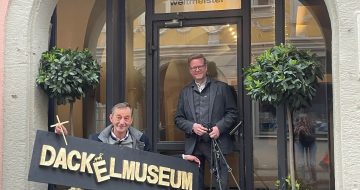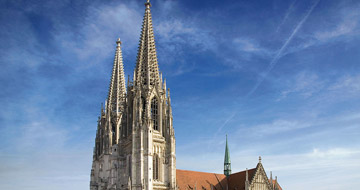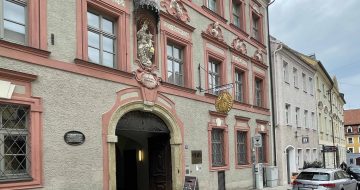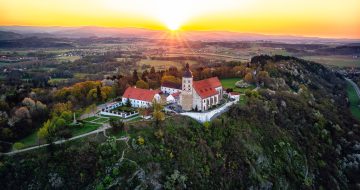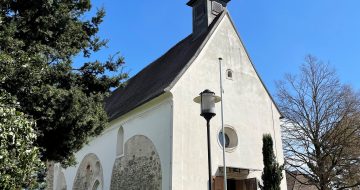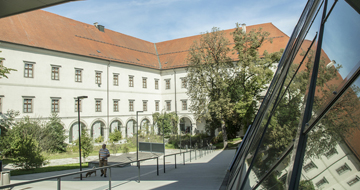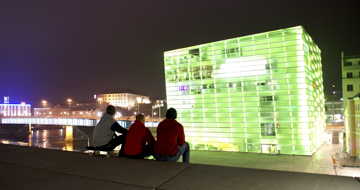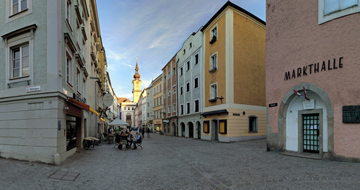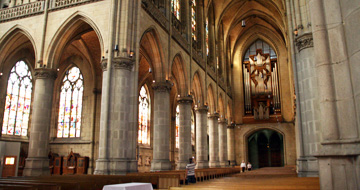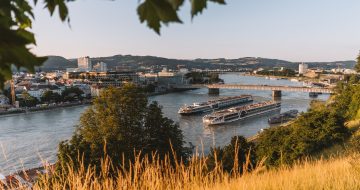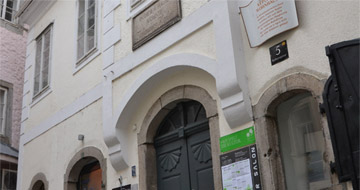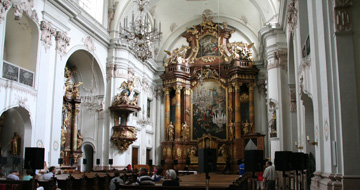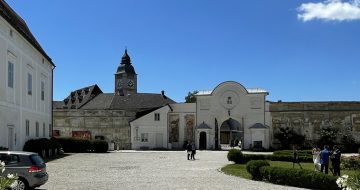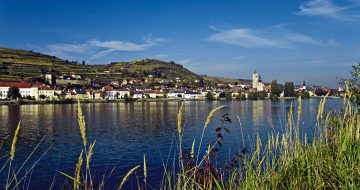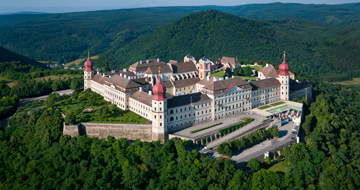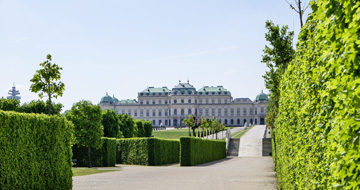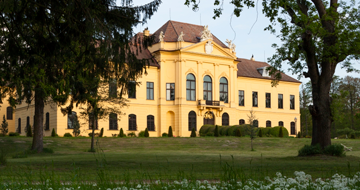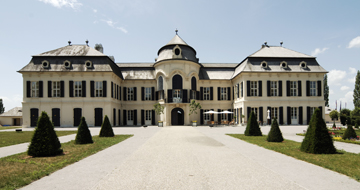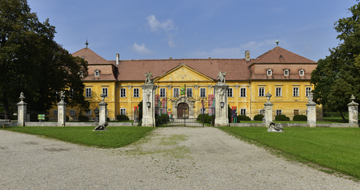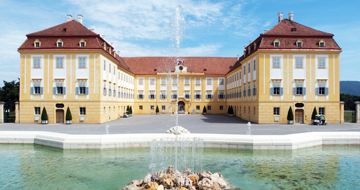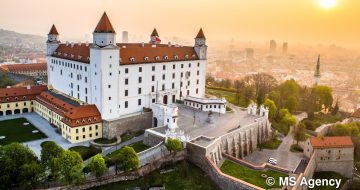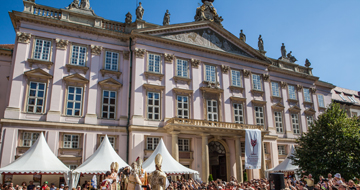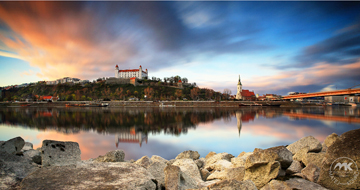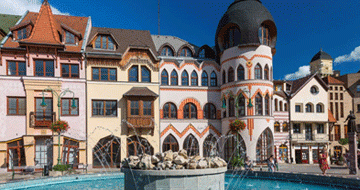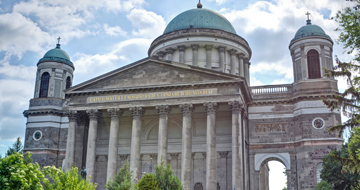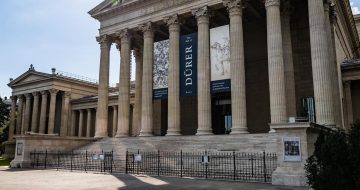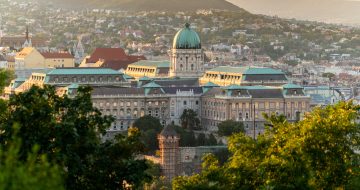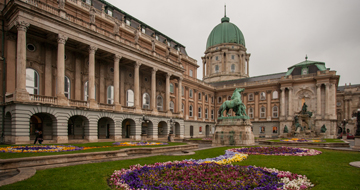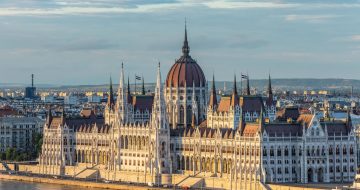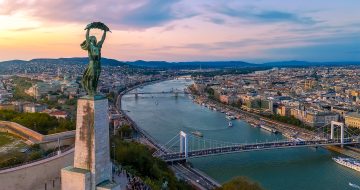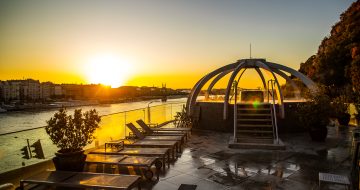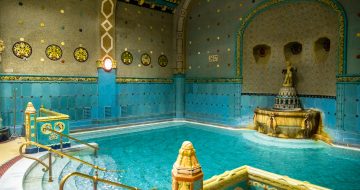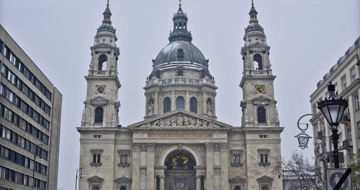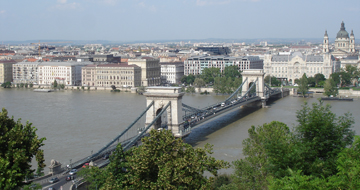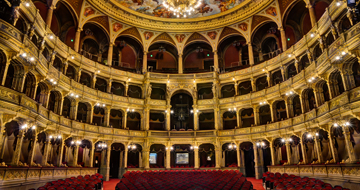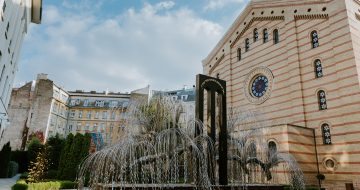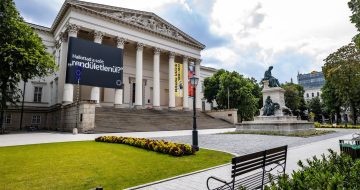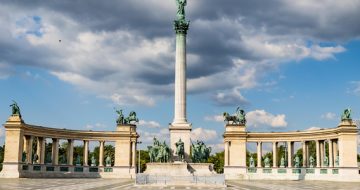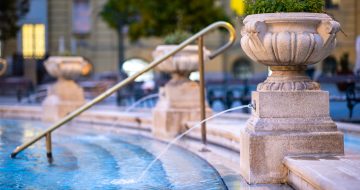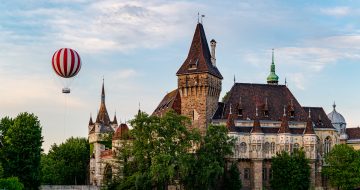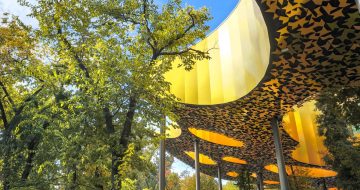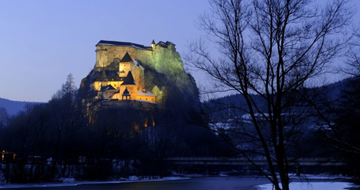Reformation and modern times
Reformation and modern times
In the 16th century, the Reformation, the Renaissance and humanism led to a new world view. Martin Luther's theses also fell on fertile ground along the Danube. The citizens of Regensburg showed their confessional independence when they joined the Reformation in 1542. As a result of the continuing episcopal and monastic presence, however, the inhabitants remained denominationally separated. During the religious turmoil of the 17th century, the neutral imperial city was the destination of many Protestant religious refugees. Probably the best known was the astronomer Johannes Kepler, who had been in Linz since 1612 in the service of the Austrian estates above the Enns. Whenever his situation in Linz became threatening, he went up the Danube to Regensburg, where he died in 1630. In Bavaria and Austria, Lutheranism could not prevail against the Catholic Counter-Reformation. In contrast, many Hungarians joined Calvinism under the protection of the Sultan.
Due to its trade fairs, Linz developed into the most important "warehouse on the Danube". Under Emperor Rudolph II (1576-1612), Linz Castle was expanded in the generous Renaissance style that still exists today. Today, the wide halls house the extensive collections of the Upper Austrian State Museum.
Exemplary for the new artistic flowering at the turn of the 16th century are the painter Albrecht Altdorfer and the "Danube School" he founded in Regensburg. His "Danube Landscape" (Munich, Alte Pinakothek) was the first European painting to depict a pure landscape without human figures. Some viewers recognize in the castle depicted the Wörth Castle above the Danube, located between Regensburg and Straubing. With Altdorfer and the "Danube School" he founded, old German painting came to an end. A whole new understanding of nature now emerged, clouds, mountains, rivers, trees and plants interwove to form a kind of fantastic realism. Another co-founder of the "Danube style" was Rueland Frueauf the Younger, who is attested in Passau from 1496 to 1545. Wolf Huber, who worked as a court painter in Passau from 1510 to 1553, is also counted among the Danube School. Numerous sketches, drawings and paintings from the workshops of the Danube School give us a realistic picture of the Danube cities in the early modern period.
After Emperor Charles V, "in whose empire the sun never set," had convened the Imperial Diet in Regensburg three times, these assemblies were only advertised to Regensburg. Confessionally mixed, the Free Imperial City offered a reflection of conditions in the Empire on a small scale. A further glow fell on the city after it was chosen as the seat of the "Perpetual Diet" from 1663. Until 1806, imperial and electoral envoys, imperial counts, imperial knights, prelates and deputies of the other imperial estates met in the Old Town Hall for "parliament", i.e. for "debate". Diplomats of all powers were received with great ceremonies. Since 1748, the princely house of Thurn und Taxis, which had rich revenues from its postal service, provided the honorable office of "principle commissioner", as the representative of the emperor at the Imperial Diet was called. The "Gesandtenstraße", which still exists today, traverses the core of the old city. Passau still experienced lucrative centuries as a city of the "white gold". Tons of salt were shipped across the Inn River to Passau and further transported to Bohemia and Austria. But at the beginning of the 17th century, the Bavarian Elector laid his hands on the lucrative salt trade and cut Passau off from trade connections. While the economy stagnated, the prince-bishop's court and the city still experienced a late Baroque flowering. Two devastating city fires, in 1662 and 1680, reduced the old Gothic city to rubble. On its ruins rose the new city in triumphant Italian Baroque style, as it still presents itself to the visitor today.
